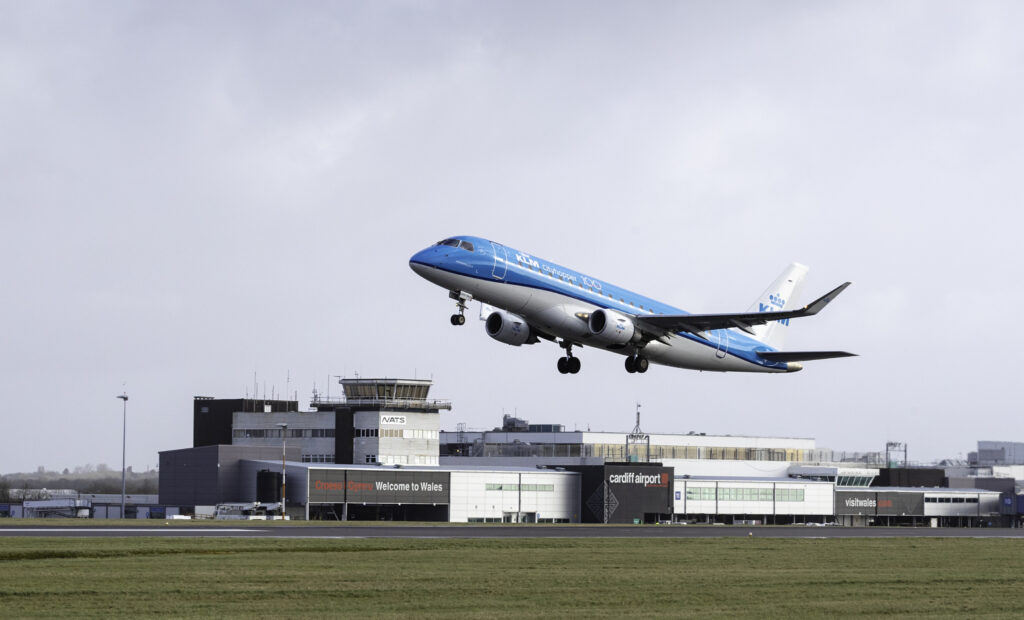
On Monday, because of a technical issue with the flight planning system used by air traffic control, NATS put traffic flow restrictions in place that led to delays and cancelations of flights in the UK. (Photo: NATS)
NATS, the UK’s leading provider of air traffic control services, made a statement on Monday that an ongoing technical issue was affecting its flight planning system. Traffic flow restrictions were put in place as of 12:10 UK time. Thirty minutes later, NATS clarified, “UK airspace is not closed, we have had to apply air traffic flow restrictions which ensures we can maintain safety.”
By 15:15 UK time, the issue was located and fixed. NATS explained, “The flight planning issue affected the system’s ability to automatically process flight plans, meaning that flight plans had to be processed manually which cannot be done at the same volume, hence the requirement for traffic flow restrictions.”
According to BBC’s coverage of the situation, “Several airports across the UK, and airlines including Ryanair, EasyJet, Wizz Air, Loganair and Aer Lingus have all warned passengers of delays or cancellations to flights.”
“Bank Holiday Monday is one of the busiest days of the year, as many people return from long weekend trips abroad,” travel journalist Simon Calder told BBC News.
Sune Engsig, VP of product development at software automation platform Leapwork, made the following comments on the situation:
“Aviation, like many industries, relies on a patchwork of old and new technologies and software components that have evolved over time. With every update and new technology that comes along, entire processes and workflows need to be re-tested to check things work as they should, and the result is that thinly stretched IT teams have a lot to juggle. While we can’t be sure [of] the exact nature of an outage, more often than not they are caused by human error because quality assurance teams don’t have the right tools available to them to help manage all these tests quickly and efficiently.
“As we continue to digitize the world around us, industries like aviation—where there are a lot of mission-critical processes—need to take a deeper look at how automation tools can help them stay on top of day-to-day quality assurance so routine updates don’t cause outages, and allow their skilled teams to focus on the most high-value tasks.”
Juliet Kennedy, Operations Director at NATS, made a statement on Monday evening. “The issue earlier meant that our automatic system, which provides controllers with details of every aircraft and its route, wasn’t working,” Kennedy said. “Instead, to manage safety, we had to limit the number of flights we could manage.”
She added, “It will take some time for flights to return to normal, and we will continue to work with airlines and airports to recover the situation. Our absolute priority is safety, and we will be investigating very thoroughly what happened today.”
Juliet Kennedy spoke with Avionics International a few years ago about how the ANSP sees space-based ADS-B as a game changer for traffic management in the North Atlantic airspace. “Aircraft flying across the Atlantic have to follow prescribed routes at set speeds and heights because we only receive position reports from them every 14 minutes,” she commented. “As a result, separation standards have to be far greater than over terrestrial airspace, with at least 30 nautical miles separating aircraft laterally and 40 nautical miles longitudinally.”